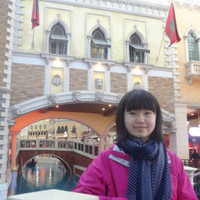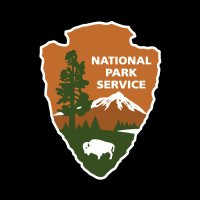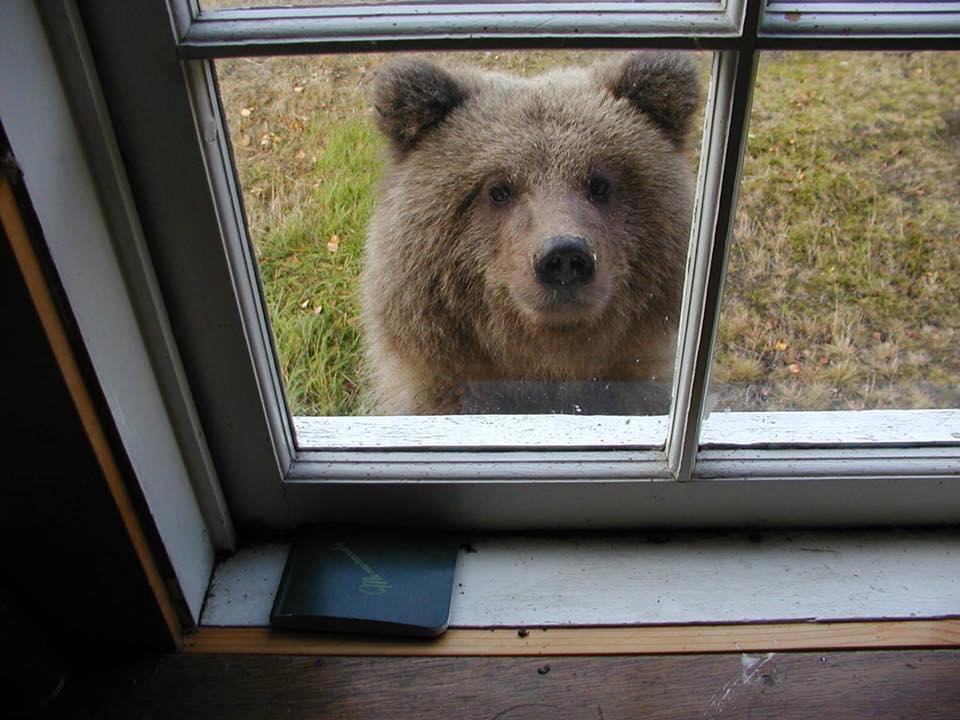
Oliver Vian
@vian_oliver
Incoming PhD @UofIllinois Currently @ictstifr BS-MS @iiscbangalore| fluid dynamics, Planet formation| Ambedkarite, Anti-oppression lens| Neurodivergent 🏳️🌈
ID: 1291713437756784643
07-08-2020 12:31:23
868 Tweet
112 Followers
629 Following


Draft of our recently submitted paper is on ArXiv! Led by Octavio Guilera, we investigate the impact of dust torque on the migration of planetary cores including disk evolution, dust growth, and planet migration. arxiv.org/abs/2501.16169 🧵






Our new paper, in collaboration with Richard Richard Alexander , is out today 🥳! We propose a new mechanism for forming radially compact protoplanetary discs, which are common in ALMA star-forming region surveys. 🧵1/n arxiv.org/abs/2502.04452

2D multi-fluid Athena++ simulations of the water snow line, led by Yu Wang, provide the best (theoretical) evidence yet that planetesimal formation may be strongly enhanced there. Great to have Yu here Flatiron CCA this Spring as a predoc! arxiv.org/abs/2502.08936
















